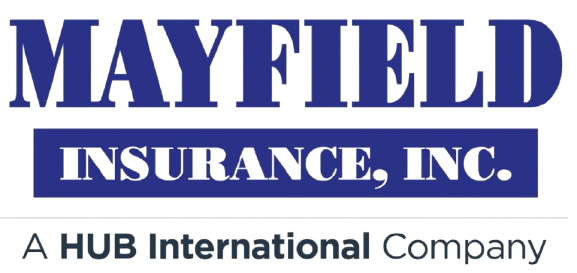Content supplied by Pekin Insurance
How to Create a Personnel File Checklist in 5 Easy Steps
3 min read
Want to keep your employment files organized and compliant? Create a personnel file checklist for every employee folder.

Companies create several types of records for a single employee. The human resources department oversees the privacy of these documents and keeps them safe.
Privacy laws vary from state to state, and every company has its own best practices for storing information. A personnel file checklist helps you manage the contents of employee folders as you follow a solid documentation process.
1. Start With Employment Documentation and Relationship Statuses
Your human resources department collects a mountain of paperwork when a new employee starts. Keep this material in a personnel file, whether it’s physical or electronic.
As the relationship with the employee grows over time, more records fit into the file.
A quick list includes (but is not limited to):
- Job application, resume, and cover letter
- Employment verification and signed offer letters
- Emergency contact information
- Performance assessments, evaluations, and more
- Compensation information and IRS withholding documents
- Termination forms and a transcription of the exit interview if one is conducted
Why do you have to include all these documents for your personnel files? It’s the law! The laws vary from state to state and change over time, too.
2. Figure Out What Not to Include
Draw a clear distinction between your personnel files and other types of files.
Here are the types of documentation not to include in a personnel file checklist:
- Medical records or related documents protected by the Health Insurance Portability and Accountability Act (HIPAA). These would go in a separate medical file for the employee.
- Confidential human resources investigation information or complaints
- Background checks, reference checks, criminal histories, and credit reports
- Social Security numbers
- Employee benefits forms
- Employment verification and signed offer letters
These types of confidential materials don't belong in the personnel file.
3. Order Your Checklist Like a Table of Contents
A checklist gives structure to each file and keeps things organized. That’s why you should order it like a table of contents.
Since everything will follow the same order, you won't waste time searching for specific documentation. You'll know exactly where to find it.
4. Simplify as Much as Possible
You've narrowed down the contents, received feedback, and created an outline for your list. You're almost at the end, but not quite. It’s time to simplify!
Your personnel file checklist needs smooth navigation. It should be easy to digest, scan, and update.
Here are a few things to keep in mind:
- Try to keep the checklist on one page, if possible.
- Use as few words as possible.
- Make it visually clean with checkboxes and bullet points.
- Make it easy to change the form or update it with new information.
- Leave it flexible.
5. Update for Policy Changes and New Material
After you finalize your list, leave it open to updates.
Revise your checklist when new policies arrive, and keep a watchful eye for state legislature changes to employment records requirements.
If you keep physical records, store them in fire-resistant cabinets. You don’t want to lose these files to a workplace fire!
.png?width=880&name=dot%20line%20(1).png)
Are you protected from fire damages to files? Take a look at our business insurance options to see if you could benefit from better rates and coverage today.
Talk to your local, licensed Pekin Insurance agent about expanding your business coverage!
.png?width=880&name=dot%20line%20(1).png)

